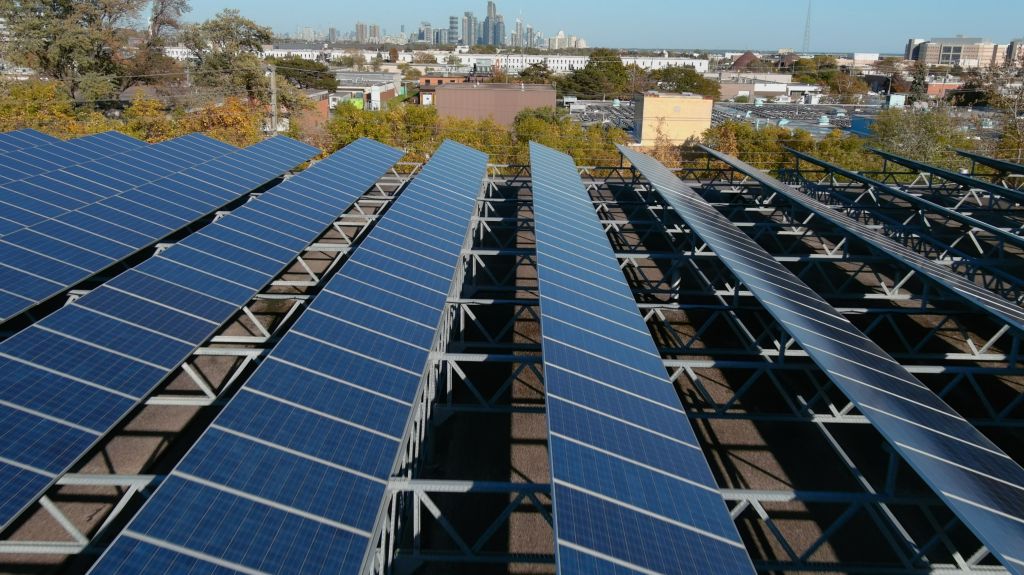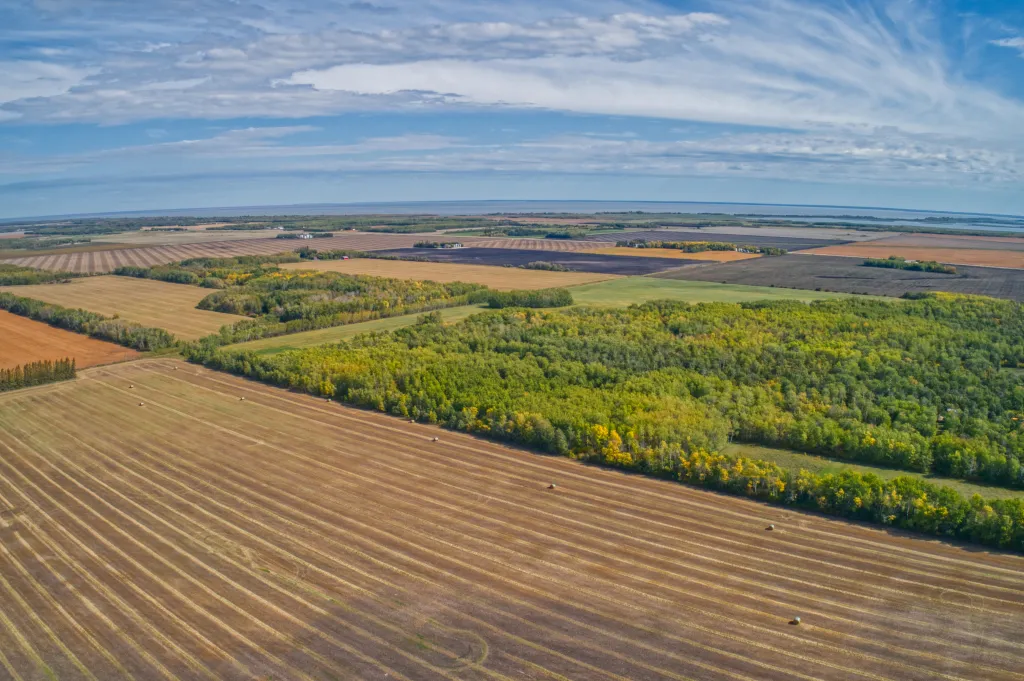TLDR
-
Metropolitan Tea Company estimates its environmental initiatives, which started in 2004, have led to annual utility cost savings between 50% and 70%.
-
In collaboration with the carbon management platform Carbonhound, Metropolitan Tea Company have started to track and measure emissions more accurately and efficiently.
-
Metropolitan Tea Company is currently gathering baseline emissions data so they can set benchmarks and incrementally improve its carbon reduction efforts.
Luxury quality, environmental sustainability and social responsibility have always been core to Metropolitan Tea Company. Launched out of the basement of founder Gerry Vandergrift’s Toronto home 35 years ago, the company has grown to serve 6,000 customers in 60 countries.
Now located in a 150,000 square foot facility in the city, the Metropolitan Tea Company buys from the top 10% of global producers and manufactures their products in Canada.
Why environmental sustainability matters to Metropolitan Tea Company’s business
With a keen understanding that weather and seasonal stability is core to its business, Metropolitan Tea Company launched its environmental action plan in 2007, beginning with compostable tea bag materials. Today, their environmental action program helps them to avoid emitting nearly 1 million pounds of carbon dioxide annually.
“We’re in the tea business, and the healthier the planet is, the better the tea,” says Vandergrift, who’s witnessed how climate change has affected the tea industry firsthand. According to a 2021 report, unpredictable weather patterns could negatively affect the livelihoods of millions of tea workers worldwide, resulting in declining crop yields and low-quality tea.
“There’s droughts that are reducing the quantity of tea being grown, which is putting shortages on supply,” Vandergrift says. “On the flip side, there could also be too much rain, which results in poor quality and drives down prices.”
In 2011 they turned an abandoned 200-acre farm into a nature preserve, planting 15,000 trees, preserving 80 acres of old growth forest and 80 acres of wetland. One year later, they commissioned one of Ontario’s then-largest, privately-owned solar panel installation, allowing the company to generate three-times the electricity used by its factory annually. And in 2017, they commissioned fully automated tea bagging machines allowing them to further reduce packaging use.

Metropolitan Tea Company commissioned what was one of Ontario’s largest, privately-owned solar panel installation in 2011.
Starting the carbon management journey with Carbonhound
When a major client requested access to their greenhouse gas (GHG) emissions data last year, the company was initially unsure how to begin gathering and calculating this information.
“We didn’t know where to turn to at first to track our emissions,” Vandergrift says. “We like to think we’re pretty far down the road when it comes to becoming environmentally sustainable but we didn’t know for certain.”
RBC put Vandergrift in touch with Carbonhound, a Toronto-based climate action platform. Carbonhound works with businesses to help them establish their carbon management process; that is, the measuring, tracking and reporting of their GHG emissions.
Having started the process late last year, Metropolitan Tea Company have already input the majority of their Scope 1 and 2 emissions sources, and they’re continuing to import Scope 3 data to the platform.
“We do a lot of global shipping—inbound and outbound—and Carbonhound can take our weekly shipping invoices and extract the data,” Vandergrift explains. “For inbound raw materials we use ships and outbound we primarily use UPS. We give Carbonhound the shipping weights and ports plus our UPS invoices and they can calculate the carbon emissions—it’s quite amazing, actually.”
By automating the data collection process and providing businesses with dashboards, Carbonhound’s software can process massive amounts of data so that Metropolitan Tea Company can extract meaningful insights—they’ve already been able to account for over 600 tonnes of carbon offsets through their tree planting initiative and solar operations.

Metropolitan Tea Company turned an abandoned 200-acre farm into a nature preserve.
The importance of climate-related disclosures and regulations for businesses
Standards to regulate emissions reporting and climate disclosures are being established around the world, as countries, states and governing regions take action to reduce greenhouse gas emissions. And while not all climate-related disclosures are mandatory, Canada, California and the European Union have regulated emissions disclosures, and businesses operating within those jurisdictions are accountable to those standards.
When it comes to disclosing Scope 3 emissions, certain companies are required to measure the emissions of their entire supply chain—which is why suppliers like Metropolitan Tea Company would be asked to provide their emissions data to clients.
The business benefits of environmental sustainability to Metropolitan Tea Company
Since 2021, the organization’s sales have increased by more than 70%, which Vandergrift attributes largely to Metropolitan Tea Company’s navigation through Covid, environmental sustainability commitments, luxury quality, inventory holdings and marketing messaging: “We were one of the early adopters of environmental sustainability, and this is resonating with our clients. Many of our competitors are not as laser-focused on this aspect of business.”
Today, the company reduces waste by upcycling tea cartons, using special technology to double the number of tea bags per box, and vacuum-packing bulk tea to reduce packaging size.
“The environmental initiatives have affected Metropolitan Tea Company’s bottom line significantly,” Vandergrift says. “In the last 20-plus years, we’ve taken incremental steps, and in each of those little steps, we’ve identified a saving.”
Planning for an environmentally sustainable future
As Metropolitan continues to make progress towards becoming environmentally sustainable , they anticipate that carbon management will be key to guiding their strategy for environmental sustainability.
“Businesses that start tracking and reducing their emissions now can not only help the planet, but can put themselves in a stronger position for the future — both from a regulatory and customer perspective,” Vandergrift finishes.
Read more: Collecting your company’s carbon data, with insights from Carbonhound’s co-founder and CEO






